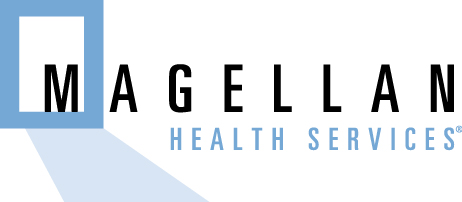The Physician Portal Is A Key Component Of Electronic Medical Records
 Currently, most doctor offices and hospitals record and store medical records in paper format. Though this process may be easy, it requires a lot of storage space, makes sharing of information cumbersome, and leaves much room for error due to misinterpretation of illegible information. The U.S. government is encouraging the transition to electronic medical records, or EMRs, containing information captured and update via a physician portal.
Currently, most doctor offices and hospitals record and store medical records in paper format. Though this process may be easy, it requires a lot of storage space, makes sharing of information cumbersome, and leaves much room for error due to misinterpretation of illegible information. The U.S. government is encouraging the transition to electronic medical records, or EMRs, containing information captured and update via a physician portal.
The anticipated switch to EMRs involves 70 percent of hospitals and 90 percent of physicians within the next ten years. Based on the figures of those currently utilizing EMRs, this represents an 800 percent increase for hospitals and 400 percent increase for physicians. As a result, major training and information technology movements are now occurring to streamline the transition process.
Key to the creation and updating of EMRs is the physician portal, the way the healthcare provider accesses patient records to perform these tasks. Existence of this portal enables a treating Principle Of Radiotherapy physician to review and update EMRs at point of treatment or offsite. Devices like tablet computers, PCs, and laptops can be used to access the portal and view information in real-time.
CPOE, or computerized physician order entry, is also accomplished via this portal. This allows the medical provider to electronically enter treatment instructions for patients under his or her care. Through EMR integration, hospitals, radiology providers, laboratories, and pharmacies involved in treatment can view this information. This allows them to collaborate regarding treatment, ensuring that there is no duplication or contradiction.
Without the physician portal and EMR integration, electronic health information exchange between these parties would be impossible. The portal serves as the starting point for entry and updating Usp Approved Vitamins of patient healthcare information. It forms the foundation upon which the other treatment providers can build, contributing relevant details in real-time for all involved to view.








